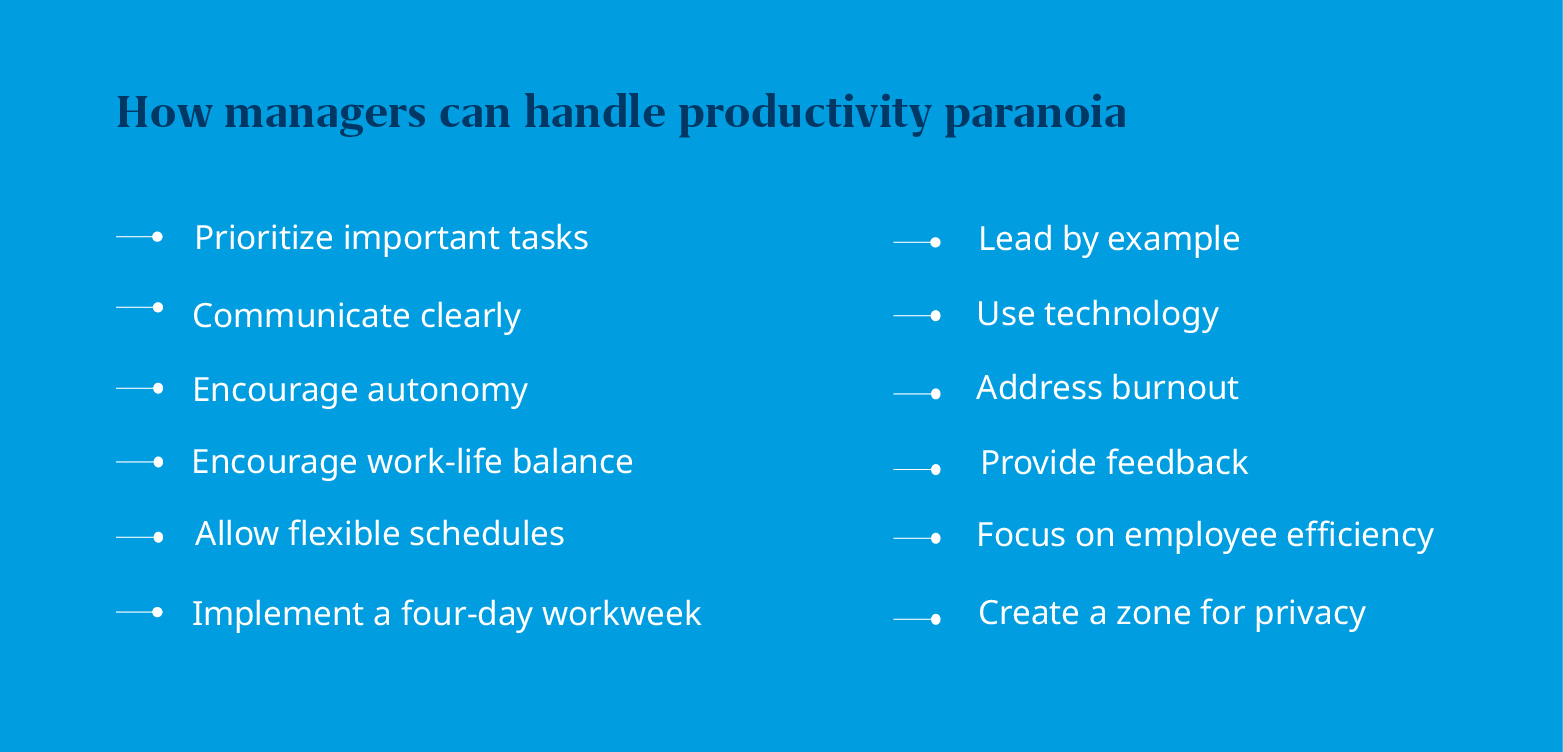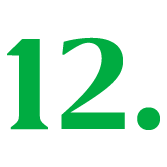Productivity is fundamental to achieving organizational goals, maximizing efficiency, and staying ahead of the competition. A productive environment accelerates output and revenue, helping retain valuable employees, building a positive company culture, and fostering a sense of accomplishment.
Modern workplaces focus more on technology and automation to streamline processes because it helps create a productive workforce. It allows employees to work smarter, ensuring timely task completion within deadlines and exceeding expectations.
Use Mercer | Mettl’s reskilling suite, which includes Skills Gap Analysis, Learning Agility & Proximity Assessment, and the Training Effectiveness Assessment. Skills Gap Analysis identifies gaps in required and necessary on-the-job knowledge and skills, Training Agility & Proximity finds high potential employees, and Training Effectiveness Assessment evaluates the training program’s efficiency.
Productivity additionally plays a crucial role in employee retention. Productive workers are more engaged, satisfied, and motivated, leading to lower turnover rates and increased job satisfaction. It saves an organization from high recruiting and training costs.









 Behavioral Competencies
Behavioral Competencies Cognitive Competencies
Cognitive Competencies Coding Competencies
Coding Competencies Domain Competencies
Domain Competencies












































Would you like to comment?